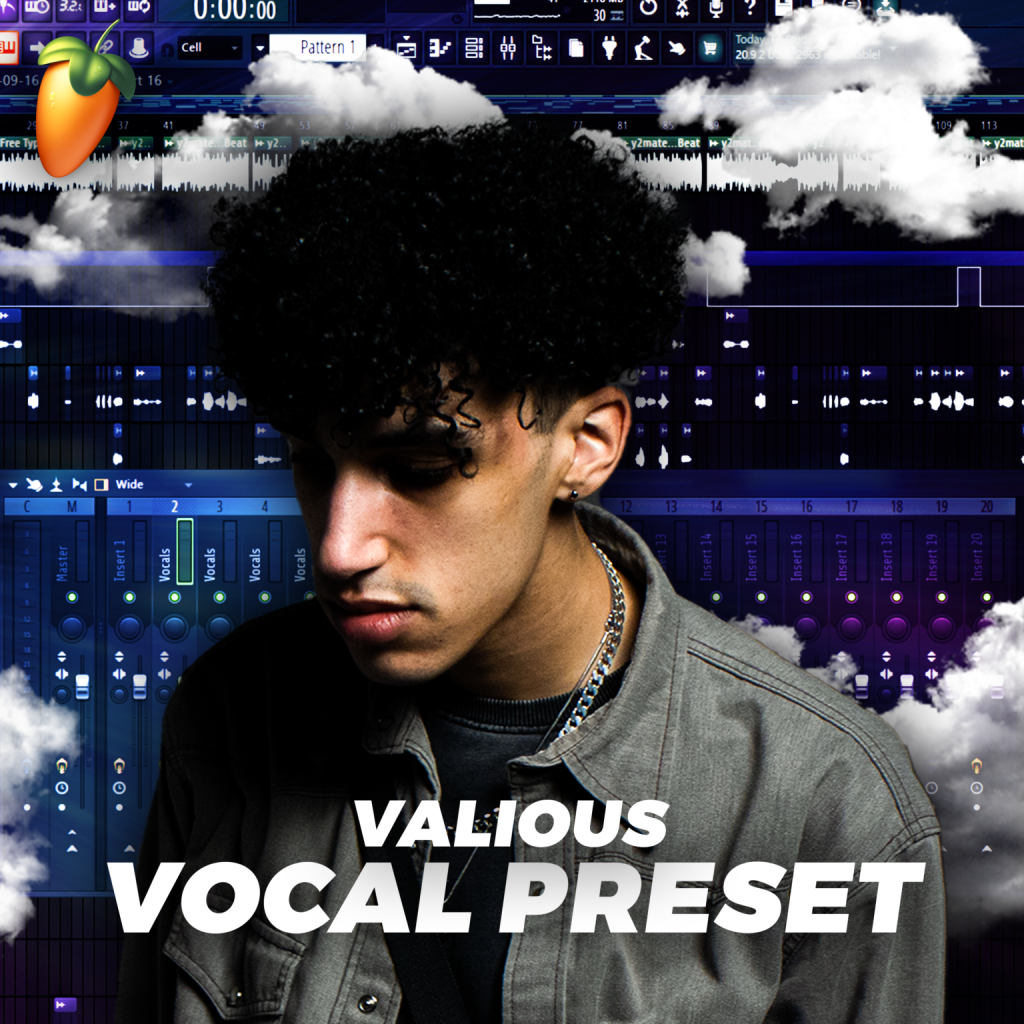
When most people think of a composer, they imagine someone sitting in a dusty attic with a grand piano, big white wig, and the year is 1800.
Here is a list of some of the topics we will cover:
- My background, and listen to some of my music
- What you need to know
- Myths of the composer
- Tools of the trade: Software
- Tools of the trade: Pencils and fine paper
- How do you start?
- The process
- Program music and metaphors
- Character sketches
- Writing through canon
- Form
- Starting with a plan
- Graphic form representations
- Film Music and Tension Cues
- Composing for Films and Games
- Any much, much, more!
01
Introduction
free
Welcome to Music Composition!
Welcome & Overview
My Background
What is the difference between music theory and music composition?
02
Tools and Methods
In this section we will learn the tools of the trade!
Software Tools for Composers
Update! MuseScore 3.0
Good old pencil and paper
To sit with an instrument, or not to sit with an instrument?
03
Process
In this section I’ll talk about getting started, the writing process, and coming up with ideas.
Which comes first? How do we start?
F-Sharp!
Program Music and Metaphor
[DOWNLOAD] Symphony Fantastique
Character Sketches
Free Writing
Canon
“Good Composers Borrow…”
04
Form
In this section let’s look at Form – one of the most underrated parts of the composition process.
What is form?
Different form “templates”
Starting with a plan
Graphic form representations
05
Harmony (A quick lesson)
Now we should dive into some discussion of harmony. This will be fast – so hold on tight!
Triads – Our most basic building blocks
Building triads
Diatonic chord progressions
Inversions
Roman Numerals
Song Analysis – No. 1
06
Writing Chord Progressions
Chord progressions could be called the “skeleton” of a music composition.
The circle of fifths
Using the circle of fifths for composition
Song analysis No. 3
Non-chord tones
Song analysis No. 4
07
Writing Melodies
Melodic writing is surprisingly tricky. In this section I’ll offer some of my tips, and general guidelines for good melodies.
Writing melodies alone
Antecedent and consequent
Writing melodies with a harmony
Using other melodies as influences
08
Wrap Up
Some final thoughts!
More on Process
Coming Soon!
Thanks for watching!
Certificate of Completion
But Wait! There’s More!
Dr. J. Anthony Allen
Music PhD, Producer, Composer, Instructor, Professor, Author, & Ableton Certified Trainer.
ABOUT
Dr. Allen is a professional musician, top-rated online instructor, and university professor. In 2017 the Star Tribune featured him as a “Mover and a Shaker,” and he is recognized by the Grammy Foundation for his music education classes. He currently teaches at Augsburg University in Minneapolis, MN, Slam Academy, and Punkademic Courses.
![[Cubase工程模板] 我们让舞曲变得冷酷(374.33MB)](http://0daydown.top/wp-content/uploads/2025/01/1737177361589_副本.jpg)
![[Cubase混音工程] 全程Waves插件混完一首歌曲(332.21MB)](http://www.bixinyinyuan.com/wp-content/uploads/2025/01/1737176982830_副本.jpg)
![[Cubase工程60首] 编曲学习House/EDM/POP混音模版 MIDI文件(9.03GB+)](http://www.bixinyinyuan.com/wp-content/uploads/2025/01/1736476946100_副本.jpg)
![[Cubase工程10首]日本流行音乐Jpop混音模版 分轨素材 MIDI文件(2.21GB)](http://www.bixinyinyuan.com/wp-content/uploads/2025/01/1736476474885_副本.jpg)

